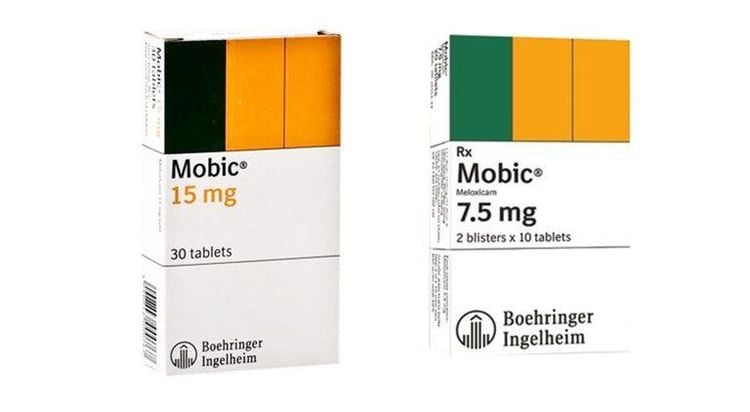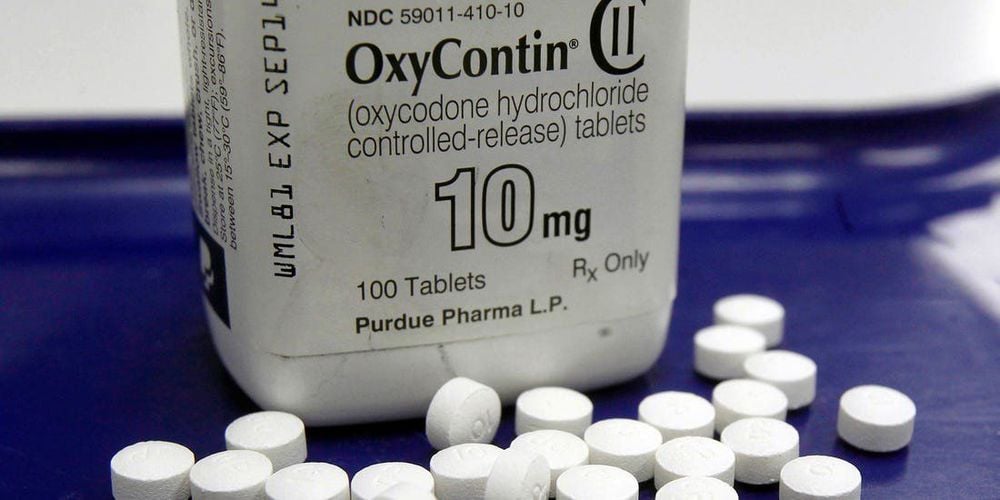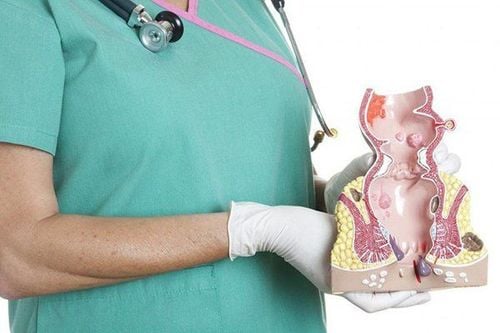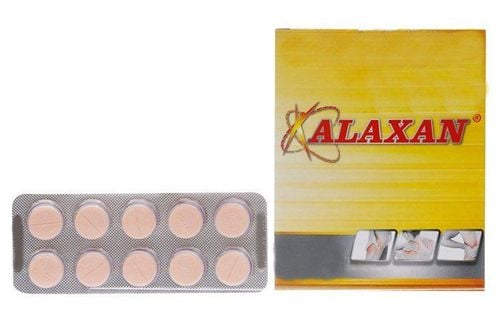This article is written by Duong Thu Huong, Pharmacist at Vinmec Times City International General Hospital.
Muscle spasms occur when a muscle suddenly becomes tight and uncontrollable. This happens when the muscle remains stretched for an extended period, is dehydrated, or experiences an electrolyte imbalance. Muscle spasms typically happen suddenly, last for a short time, and cause significant pain for the patient.
1. Muscle spasms: when to use Painkillers
When experiencing muscle spasms, a doctor may prescribe painkillers along with muscle relaxants to help alleviate symptoms. Painkillers, however, do not relax the muscles but rather help reduce the pain caused by excessive muscle tension.
Depending on the level of pain, the doctor may prescribe different types of painkillers. Pain relievers for muscle spasms are generally divided into three main categories: paracetamol, non-steroidal anti-inflammatory drugs (NSAIDs), and opioid painkillers. Doctors may combine painkillers from different categories to enhance effectiveness and minimize side effects.

2. Types of Painkillers
- Paracetamol
Paracetamol (brand names: Tylenol, Hapacol, Panadol, etc.) is a basic pain reliever used for mild to moderate pain. It is relatively safe and has fewer side effects compared to other pain medications. However, it is important not to increase the dosage without consulting a doctor or pharmacist, as an overdose of paracetamol can cause irreversible liver damage.
- Non-Steroidal Anti-Inflammatory Drugs (NSAIDs)
NSAIDs (such as Gofen, Mobic, Arcoxia, etc.) are used for moderate to severe pain. In addition to relieving pain, NSAIDs also have anti-inflammatory effects. They are more effective than paracetamol in relieving pain, but they can cause more side effects, particularly on the cardiovascular and digestive systems. It is essential to provide your doctor with a complete medical history, including any issues related to your digestive or cardiovascular health, before using NSAIDs.

- Opioid Painkillers
Opioid painkillers (such as Tramadol, Codeine, Oxycontin) are rarely used for relieving muscle spasm pain and are only prescribed for severe to very severe pain. These medications provide the strongest pain relief among the three categories, but their use is restricted due to several side effects, including nausea, constipation, and the risk of addiction. When used in combination with muscle relaxants, these opioid painkillers increase the risk of respiratory depression, which can be fatal. Therefore, opioids should only be used in truly necessary cases under close supervision from a doctor or pharmacist. In case of loss of consciousness or respiratory failure due to opioid use, contact a healthcare professional immediately.

In addition to medication, the following methods can help alleviate pain caused by muscle spasms:
- Stretching and gentle massage: Gently stretching the affected muscle and massaging it can help relax the muscle and promote quicker recovery.
- Hot or cold compress: Applying a warm towel or adhesive patch to the spasming area, or taking a warm bath, can improve muscle relaxation. Alternatively, using an ice pack on the muscle can help reduce pain and inflammation.
Please dial HOTLINE for more information or register for an appointment HERE. Download MyVinmec app to make appointments faster and to manage your bookings easily.
To arrange an appointment, please call HOTLINE or make your reservation directly HERE. You may also download the MyVinmec app to schedule appointments faster and manage your reservations more conveniently.








